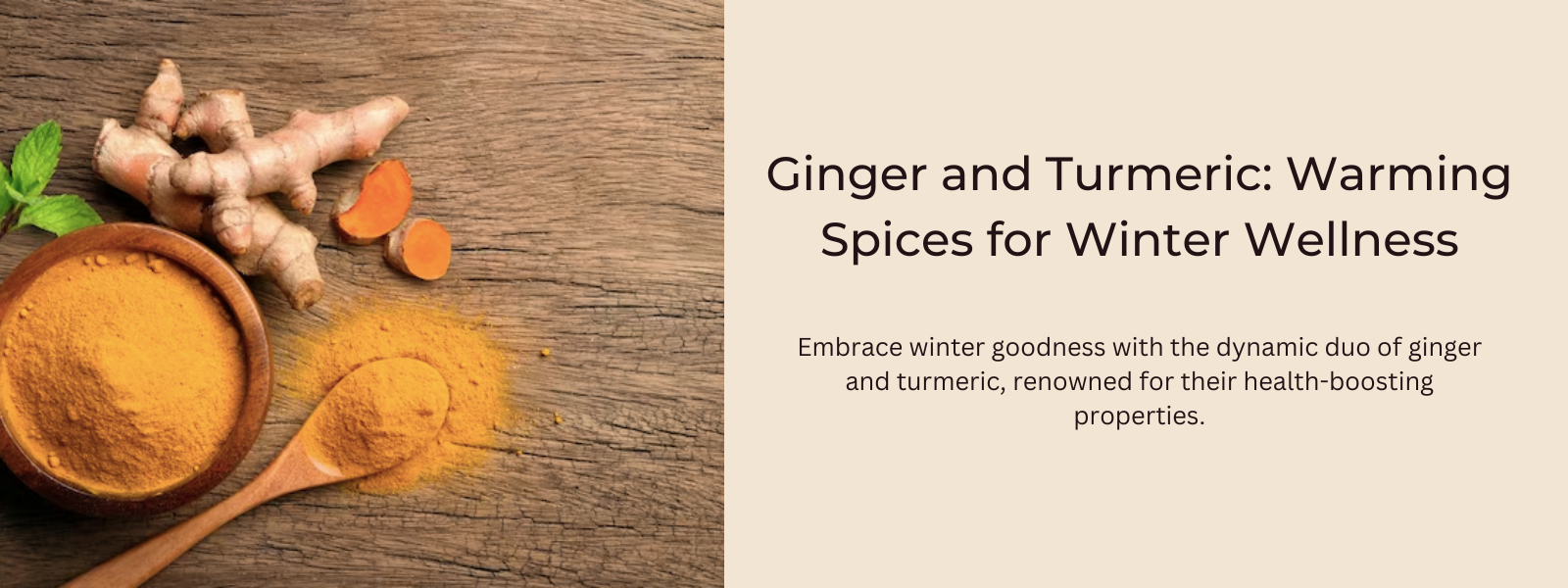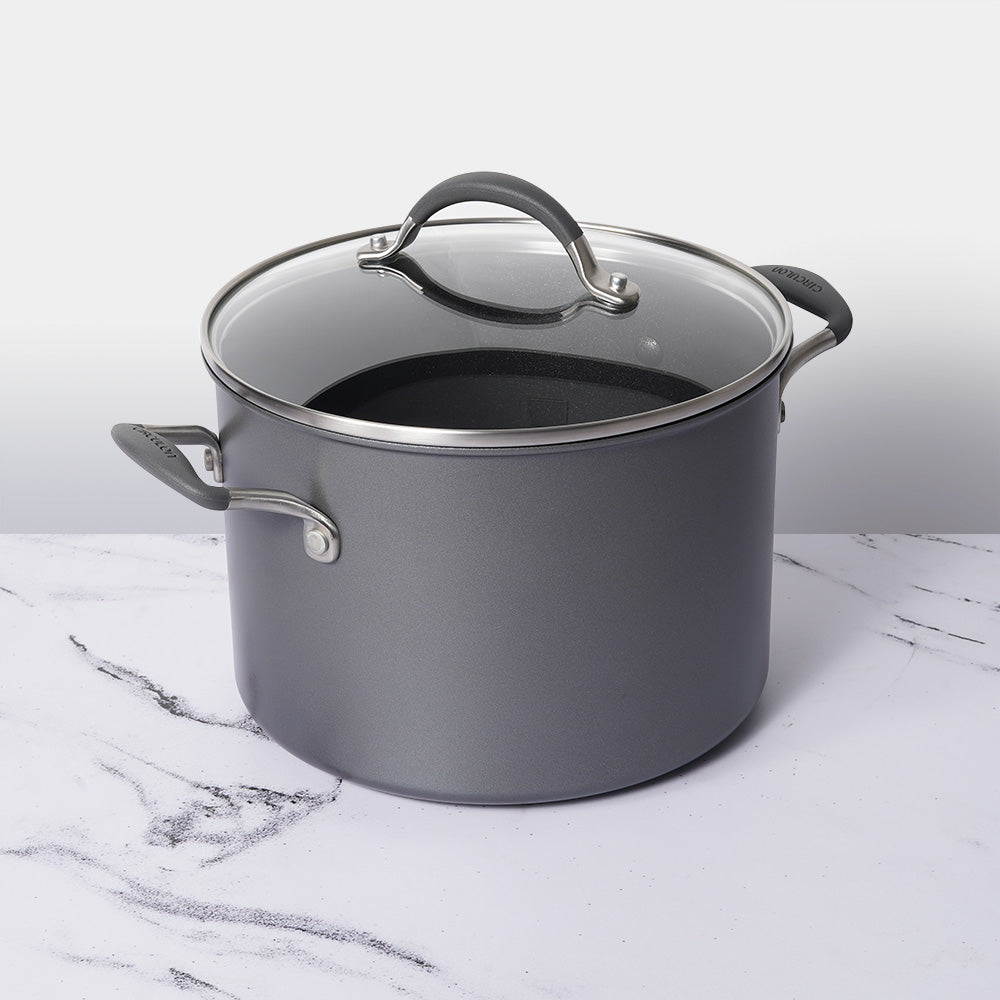Turmeric, scientifically known as Curcuma longa, is a flowering plant belonging to the ginger family, Zingiberaceae. The root of the turmeric plant is widely used in cooking, particularly in Indian cuisine, and as a medicinal herb. The bright yellow-orange spice, derived from the root, is renowned for its earthy flavor and vibrant color. Turmeric has been used for thousands of years for its medicinal properties, largely due to its active compound, curcumin.
Table of Contents
- 1. Difference Between Raw and Powdered Turmeric
- 2. Nutritional Value of Turmeric
- 3. Turmeric and Antioxidants
- 4. Turmeric Antioxidant Health Benefits
- 5. Turmeric in Indian Cuisine
- 6. Different Ways to Use Turmeric
- 7. Popular Recipes of Turmeric
- 8. Turmeric Tea for Immunity and Weight Loss
- 9. Conclusion
Difference Between Raw and Powdered Turmeric
Raw Turmeric:
- Form: Fresh rhizomes (roots) that resemble ginger but have a bright orange hue.
- Flavor: More pungent and earthy compared to the powdered form.
- Usage: Often grated or sliced and used in curries, teas, and traditional medicine.
Powdered Turmeric:
- Form: Dried and ground form of turmeric root.
- Flavor: Milder than fresh turmeric but still offers the characteristic earthy, slightly bitter taste.
- Usage: Commonly used as a spice in cooking, as well as in supplements and cosmetic products.
Nutritional Value of Turmeric
Turmeric is not just valued for its flavor and color but also for its nutritional profile:
- Calories: Approximately 29 calories per tablespoon (7 grams).
- Protein: About 0.9 grams per tablespoon.
- Carbohydrates: Around 6.3 grams per tablespoon, including 2.1 grams of fiber.
- Fat: Minimal, around 0.3 grams per tablespoon.
- Vitamins and Minerals: Rich in manganese, iron, potassium, and vitamin C.
Turmeric and Antioxidants
The primary bioactive compound in turmeric, curcumin, is a potent antioxidant. Antioxidants help neutralize free radicals, which are unstable molecules that can damage cells and contribute to aging and diseases. Curcumin's antioxidant properties are responsible for many of the health benefits attributed to turmeric.
Turmeric Antioxidant Health Benefits
- Anti-Inflammatory Properties: Curcumin reduces inflammation, helping to manage conditions such as arthritis, inflammatory bowel disease, and cardiovascular diseases.
- Cancer Prevention: The antioxidant properties of curcumin can help protect cells from damage and inhibit the growth of cancer cells.
- Heart Health: Curcumin improves endothelial function, regulates blood pressure, and reduces the risk of heart disease.
- Brain Health: Curcumin may boost brain-derived neurotrophic factor (BDNF), a protein linked to improved brain function and reduced risk of brain diseases.
- Anti-Aging: The antioxidant and anti-inflammatory effects of curcumin help protect against age-related diseases and maintain skin health.
Turmeric in Indian Cuisine
Turmeric is a cornerstone of Indian cuisine, used in a wide range of dishes for its flavor, color, and health benefits. It is a key ingredient in curry powders, and masalas, and is often used in lentil dishes, rice, and soups. Turmeric is also used in traditional Indian beverages such as turmeric milk (golden milk) and teas. Its use in Indian cooking goes beyond flavor; it is deeply integrated into cultural and medicinal practices.
Different Ways to Use Turmeric
- Cooking: Add turmeric to curries, soups, stews, rice dishes, and marinades.
- Beverages: Use in teas, smoothies, and golden milk.
- Topical Applications: Mix turmeric powder with water or honey to create a paste for skin applications, treating acne, or reducing scars.
- Supplements: Available in capsule form for targeted health benefits.
- Baking: Incorporate into baked goods like bread and cakes for added color and health benefits.
Popular Recipes of Turmeric
- Golden Milk:
- Warm milk (dairy or plant-based) with turmeric, black pepper, and honey.
- Simmer for a few minutes and serve warm.
- Turmeric Rice:
- Cook rice with turmeric, cumin, and onions.
- Garnish with fresh herbs.
- Turmeric Chicken:
- Marinate chicken in a mixture of turmeric, yogurt, garlic, and spices.
- Grill or bake until cooked through.
- Dal Tadka:
- Cook lentils with turmeric and temper with spices like cumin, garlic, and mustard seeds.
- Turmeric Smoothie:
- Blend fresh or powdered turmeric with bananas, ginger, spinach, and coconut water.
Turmeric Tea for Immunity and Weight Loss
Turmeric tea, often combined with ginger, lemon, and honey, is a popular beverage for boosting immunity and aiding weight loss. The anti-inflammatory and antioxidant properties of turmeric help strengthen the immune system. Additionally, turmeric aids digestion and metabolism, which can contribute to weight management.
Turmeric Tea Recipe:
- Boil water with a teaspoon of turmeric powder or grated fresh turmeric.
- Add grated ginger and simmer for 10 minutes.
- Strain and add lemon juice and honey to taste.
- Drink daily for best results.
Conclusion
Turmeric is a highly versatile spice with a rich history in culinary and medicinal traditions, particularly in India. Its powerful antioxidant and anti-inflammatory properties, mainly due to curcumin, offer numerous health benefits, including improved heart and brain health, cancer prevention, and anti-aging effects. Whether used in cooking, beverages, or topical applications, turmeric enhances both flavor and health. By incorporating turmeric into your diet and daily routine, you can take advantage of its extensive benefits while enjoying its unique and vibrant taste.











Leave a comment